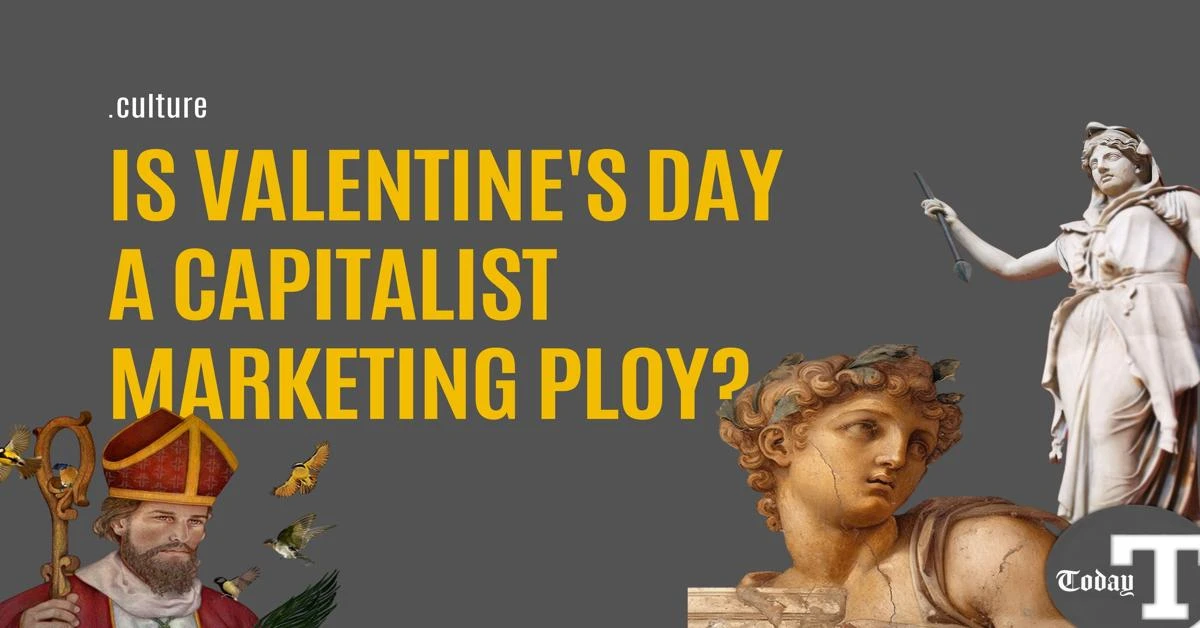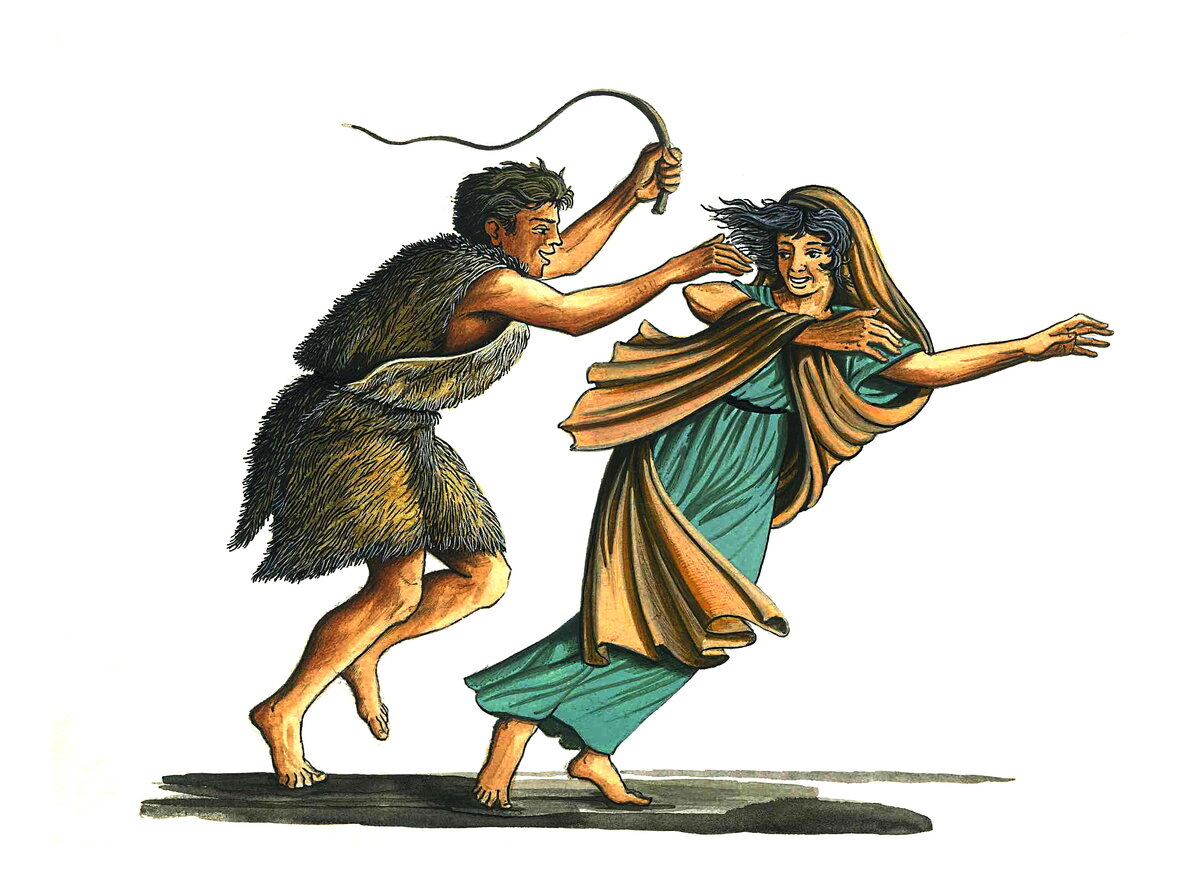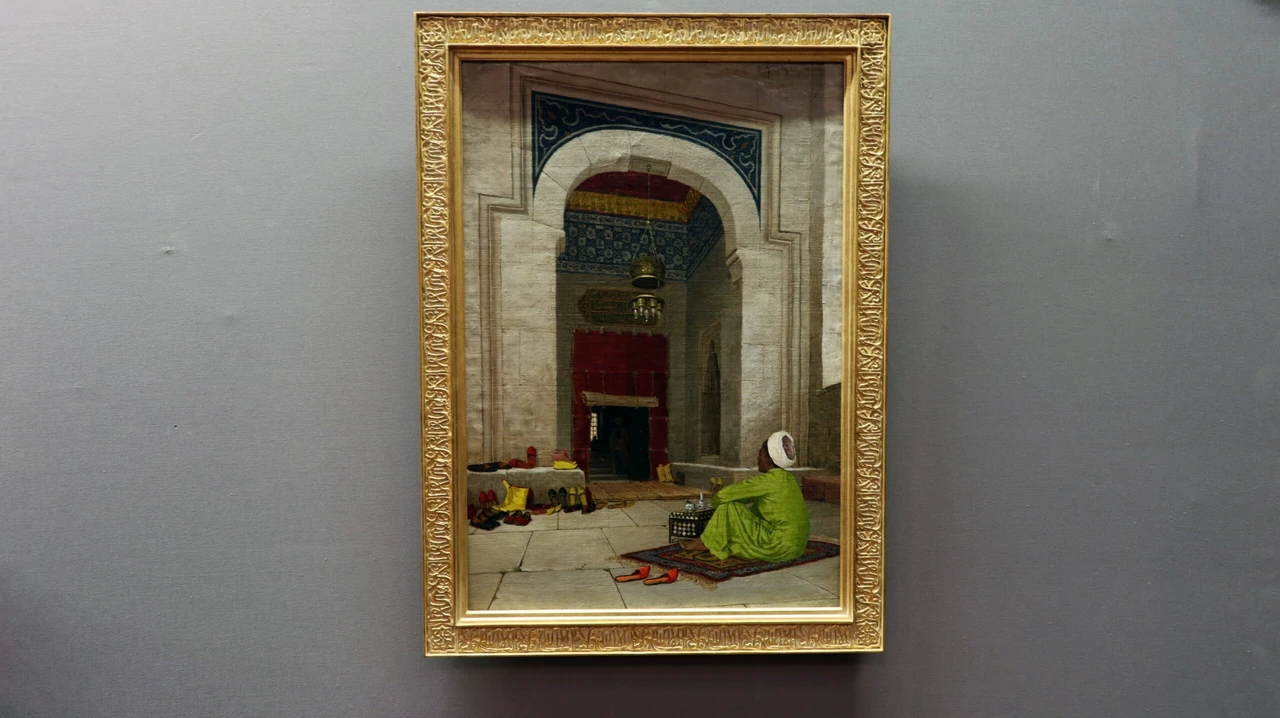Valentine’s Day: From ancient rites to modern commercialism

The pagans in Rome celebrated their goddess Juno Februata in February, the last month of the year according to them – between Feb. 13 and Feb. 15, in a feast called Lupercalia. During the feast of spring and fertility organized by Luperian priests on the Palatinus hill, young men would chase young girls with whips made from the skin of a goat they sacrificed. They believed that by catching them and whipping them, they could rid themselves of infertility.
In this festival, young women would be paired with young men, which was determined by a lottery on the eve of the Lupercalia festival, an old tradition. According to the story, young Roman girls would put small pieces of paper with their names on them in a bowl. Young men would then draw a piece of paper from the bowl and partner with the woman whose name was drawn. Then, young men would draw a piece of paper from this bowl, and whoever’s name was written on it would be their partner during the festival. Usually, this union would lead to marriage.
So how did this holiday turn into Valentine’s Day?
The story of St. Valentine, after whom Valentine’s Day is named, dates back to the third century. Emperor Claudius II was a tyrannical ruler who governed Rome with his own set of strict regulations. The biggest problem for him was the shortage of soldiers in his army. According to him, the only reason for this was that Roman men did not want to leave their loved ones and their families. As a result, he abolished engagements and marriages.

St. Valentine, a priest living in Rome during Claudius’ reign, together with St. Marius, a priest like himself, continued to marry couples secretly despite the’ ban.
As soon as the emperor learned of this, St. Valentine was arrested and beaten to death with a stick as punishment for his actions. He was buried in Christian Martyrdom in Rome on Feb. 14, 270 A.D.
After a while, Christians began to adopt the Lupercalia raffle in their own ceremonies.

The early Christian priests were uneasy about the lottery system, particularly the association of unmarried young people with pagan rituals, so they sought a solution. After the rise of Christianity, pagan beliefs were banned or replaced with Christian versions.
St. Valentine was associated with the Christian symbol of love and marriage, thus integrating the Roman blessing of fertility with the Christian principle of marriage and procreation.
As people wanted to associate themselves with saints, they began to celebrate the day that began as the “Feast of Lupercalia” as “St. Valentine’s Day.
Modern times
As we approach the present day, Feb. 14th, Valentine’s Day has evolved into a global celebration marked by heightened consumerism, particularly notable during the 1980s with the onset of globalization. Feb. 14 is among the days celebrated by the culture industry. It plays a crucial role in the continuation of capitalism due to its ideological and economic significance.
This does not mean that Feb. 14 was created by the culture industry, but rather that it has been manipulated into a commercially-driven occasion.



